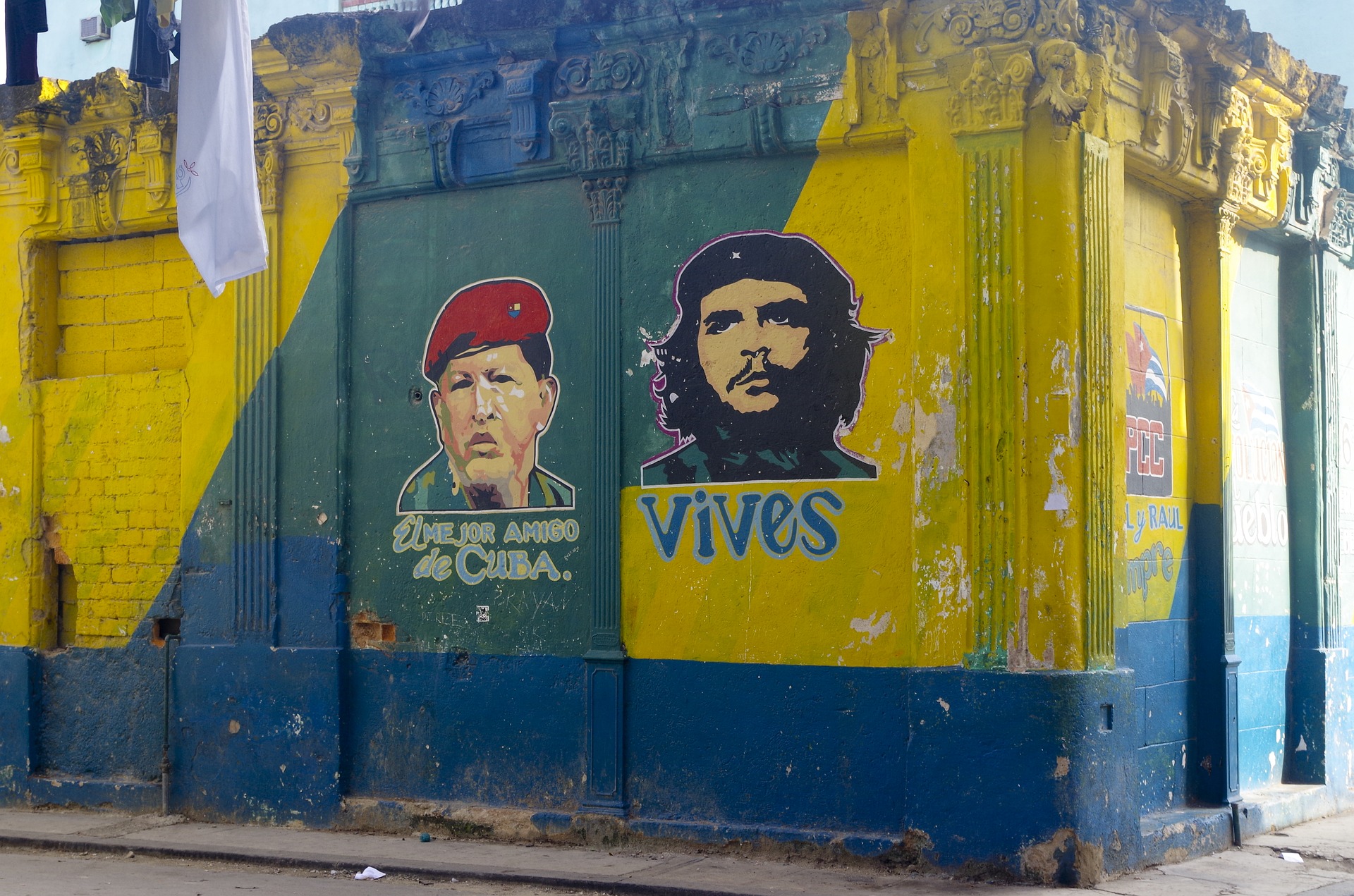The Cuba we know today is a sun-soaked, Spanish-speaking, salsa-dancing independent Caribbean country with colourful streets, classic cars, and a fervent Latino heartbeat. But whilst it’s all sunshine and rainbows on the outside, dig a little deeper and you will discover Cuba has endured one of the darkest and most turbulent political economies in the history of the Americas. From the rise of slavery to the Cuban Revolution, this article highlights Cuba’s pivotal moments in time and, of course, where you can go to reimagine these moments for yourself. With more UNESCO World Heritage Sites than any other Caribbean island, your trip to Cuba will no doubt be a fascinating one.
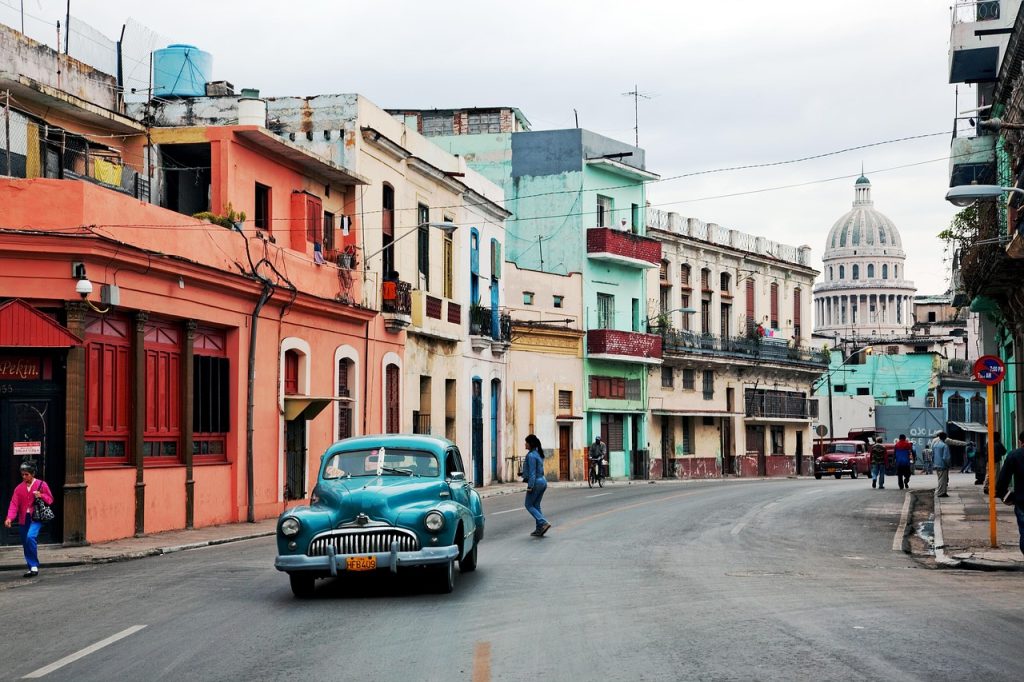
The Occupation of Cuba
Cuba’s incongruous history all began in 1492 when the infamous intrepid explorer Christopher Columbus conquered Cuba and its Amerindian peoples. Shortly after, the Spanish government arrived and settled in Havana, which remains the country’s capital to this day. Apart from a curiously brief stint of British occupation during the mid-18th-century, Cuba remained part of the Spanish Empire for the next 400 years. In 1898, the country then endured another brief occupation, this time by the US military before finally gaining its independence in 1902. At last, Cuba could look forward to a peaceful future founded on freedom, trust, and equality. If you haven’t already guessed though, the country didn’t quite get the fairytale ending it was hoping for.
To trace Cuba’s history back to the earliest days of Spanish occupation, head to the Historic Centre of Camaguey. As one of Spain’s very first settlements, this UNESCO World Heritage Site in central Cuba is distinguished as one of the country’s oldest places. Unlike the majority of Colonial Spain, Camaguey is a hodge-podge of narrow maze-like streets leading to small plazas with a medieval aesthetic.
Sugar and Slaves
During the majority of Cuba’s 400-year Spanish rule, the island was utilised as a sugar, tobacco, and coffee plantation. However, its vast plains, rich soil, and rainy seasons were particularly perfect for the sweetest of its commodities and by the 1800s, Cuba was the world’s primary sugar producer. And in order to keep up with demand, it effectively became one of the most heavily slave-populated countries too. Whilst economies in most countries developed through slavery could be replaced with other industries as abolition began, Cuba was so heavily reliant on its sugar plantations that it continued to trade slaves in the thousands until the end of the 19th century.
Both slavery and the sugar industry are long gone, but neither will ever be forgotten. Central to the sugar industry, Trinidad and Valle de los Ingenios (Valley of the Sugar Mills) in southern Cuba are now UNESCO World Heritage Sites. Whilst only the ruins of some plantations remain, others like Manaca Iznaga have stood the test of time. On this plantation, you will still find the owner’s mansion, the slaves’ dwellings, and the bell tower that rang to clock them on and off their long, exhausting shifts.
Fortifying Cuba
Spain had lucked out in claiming Cuba and almost the entire sugar industry as a result. But of course, there were many sweet-toothed scavengers that wanted to claim it for themselves. Namely, the original pirates of the Caribbean, the French, and the British. To protect itself from being held hostage from the likes of Jack Sparrow and Captain Cook, Cuba splashed out on its defenses and built forts and castles across the coastlines from Havana in the north to Santiago de Cuba in the south. Despite its valiant efforts, the British still managed to capture parts of the island on three separate occasions over a 100-year period: Santiago de Cuba in 1662, Guantanamo Bay in 1741, and Havana in 1762. The Brit’s rule may not have stood the test of time, but Cuba’s fortifications did.
In Santiago de Cuba, the Castillo San Pedro de la Roca stands proudly over the city and the Caribbean Sea. This marvellous 15th century construction is not only a UNESCO World Heritage Site, but it is also considered the world’s best Spanish-American defense fortification. Now, you can walk its ramparts and pass the very artillery used to defend the country all those years ago. Old Havana, meanwhile, is fraught with defense structures from the Castillo del Morro and the Castillo de la Real Fuerza to the Plaza de Armas.
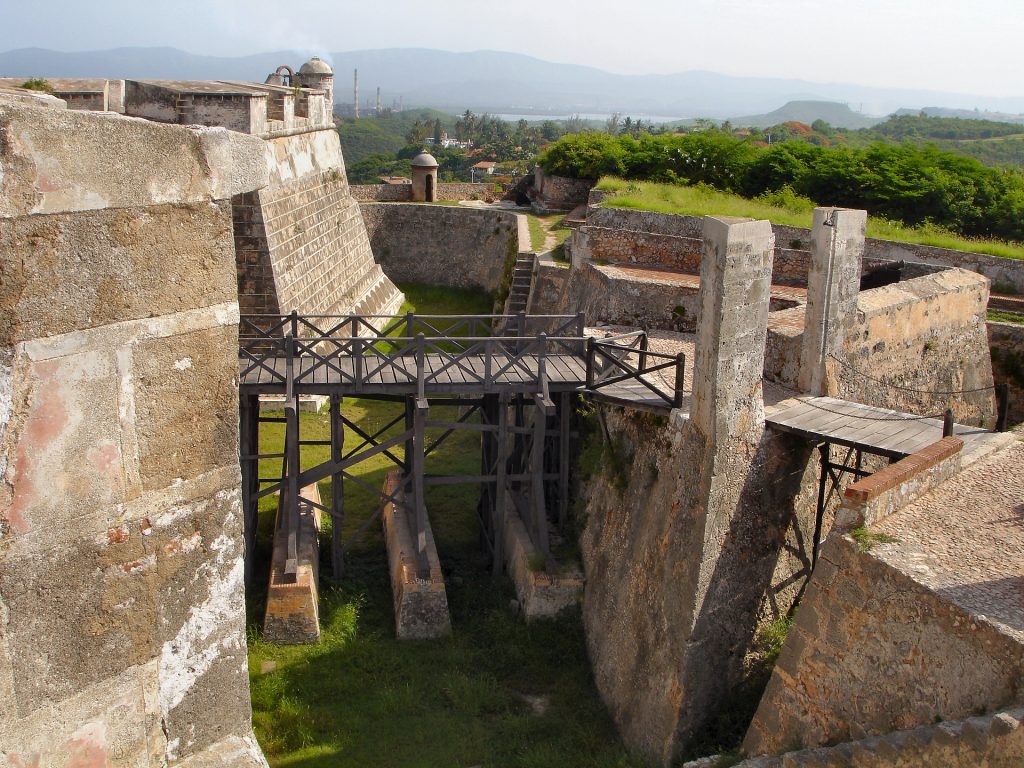
The Republic of Cuba
By 1902, the now-Republic of Cuba may have been rid of slavery and the Spanish, but it wasn’t rid of corruption. The country churned out one dictatorial leader after the next — the most corrupt of all being Fulgencio Batista. In 1940, the US-backed military leader implemented the Constitution of Cuba, one of the most progressive reforms of its day. For the briefest moment, he was a hero. However, after forcefully regaining power in the 1952 elections, Batista then revoked the constitution, granted himself sole political power, sold most of the sugar industry to the US, allowed the American Mafia to run their dirty dealings in Havana, censored the media, and publicly executed protesting citizens. As you can imagine, the people of Cuba didn’t like him much anymore. Not only did it leave them destitute and scared, it left them utterly powerless.
From protests to coups, many pivotal events during the Republic of Cuba took place at El Capitolio Nacionale, the original government office. Built in 1929 in a Neoclassical style, the building is considered one of the most impressive in all of Havana. A tour of the inside will allow you to see its distinguished Italianate palatial features, and give you insight into the deals that went on behind its closed doors.
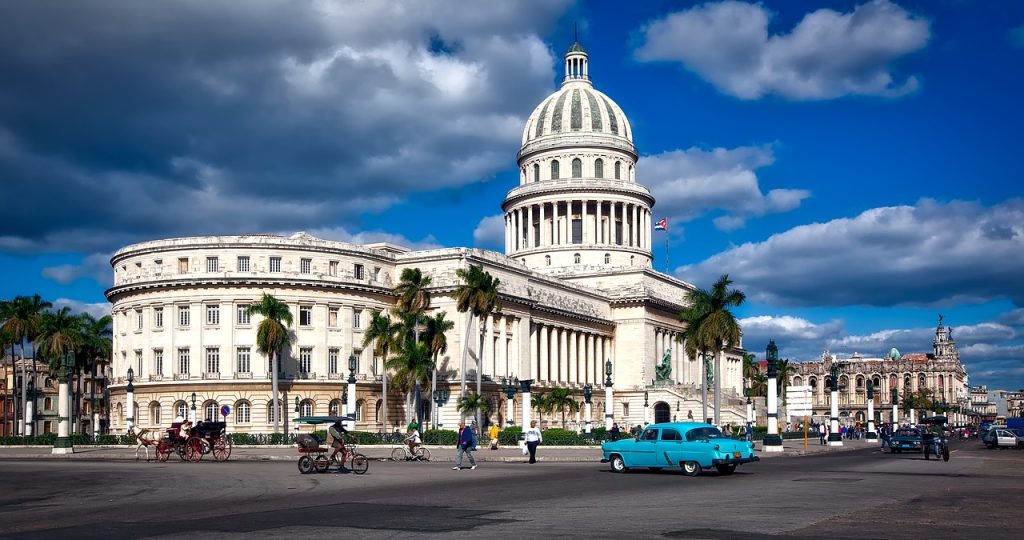
26th of July Movement
As you can imagine, people weren’t exactly happy about the hostile and, let’s face it, absolutely terrifying situation Batista had plunged the country into. Someone had to do something about it, and it was clear at this point it wasn’t going to be anyone in government. So, a few guys got together to organise a vanguard against the state: Fidel Castro, Raul Castro, and Che Guevara. Heard of them? Of course you have. These rebels and revolutionaries famously changed the course of Cuba’s history with an ideology of nationalisation of public services, distribution of land to the poor, industrialisation, education reform, and fair elections.
The Cuban Revolution
It all began on 26 July 1953 when the rebels and their organisation attacked the Moncada Barracks in Santiago de Cuba. The event that would go down in history as the beginning of the Cuban Revolution and the 26th of July Movement. After that, the revolution continued for six years with a number of other attacks, coups, protests, imprisonments, battles, and massacres until Fulgencio Batista was finally overthrown on 31 December 1958.
During the revolution, not everything went in favour of the rebels. In December 1956, Guevara, the Castro brothers and their 80-strong band of merry men landed in Playa las Coloradas on the tip of Cuba’s southern peninsula. The beach was backed by the canopied Sierra Maestra mountains where the majority of the men were killed by Batista’s army. Fortunately, Guevara and the Castro brothers survived and regrouped the rest of their men forming the core of their guerilla army, which was based in the mountains from then on.
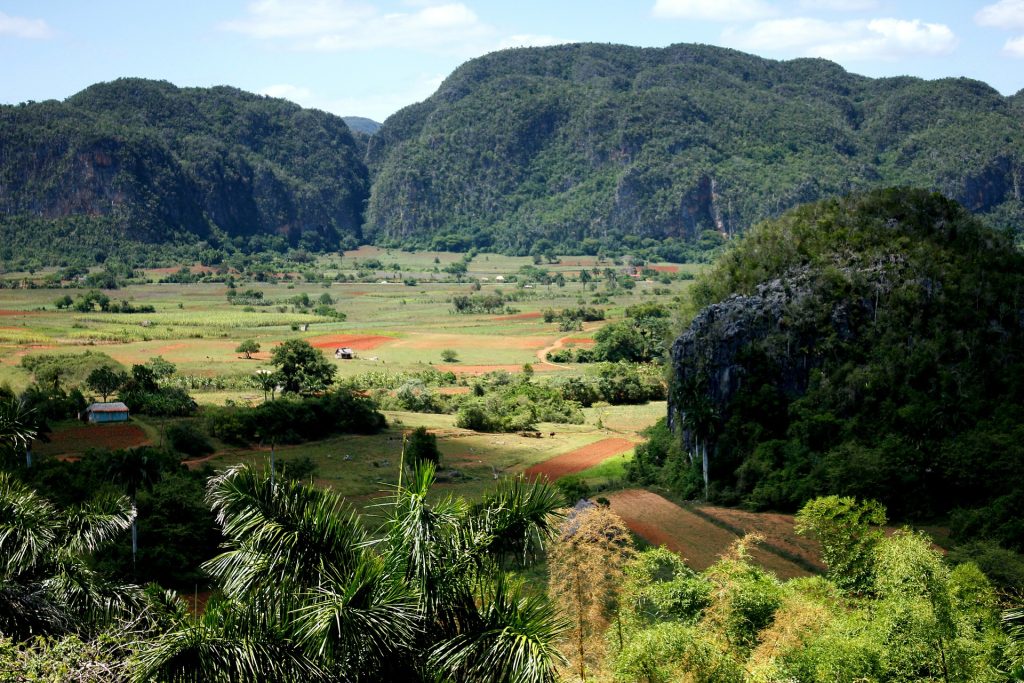
As you travel through Cuba today, reminders of the Cuban Revolution are everywhere. You can visit the Moncada Barracks where the revolution began, the city of Santa Clara, where the fateful battle took place leading to the ultimate defeat of the Republic of Cuba, and every other landmark that featured in the movement. You can even visit the very jungle where the rebels landed and fought with Batista’s army, the Desembarco del Granma National Park, the now-UNESCO World Heritage Site that was named after the yacht from which the rebels disembarked.
Castro and Communism
Nearing the end of the revolution, the US president Eisenhower attempted to strangle Cuba’s economy by placing an embargo on the sale of arms and exports to the country. The Cubans weren’t exactly thrilled about this. Even succeeding US president John F. Kennedy said:
“I believe that there is no country in the world, including the African regions, including any and all the countries under colonial domination, where economic colonization, humiliation and exploitation were worse than in Cuba, in part owing to my country’s policies during the Batista regime.”
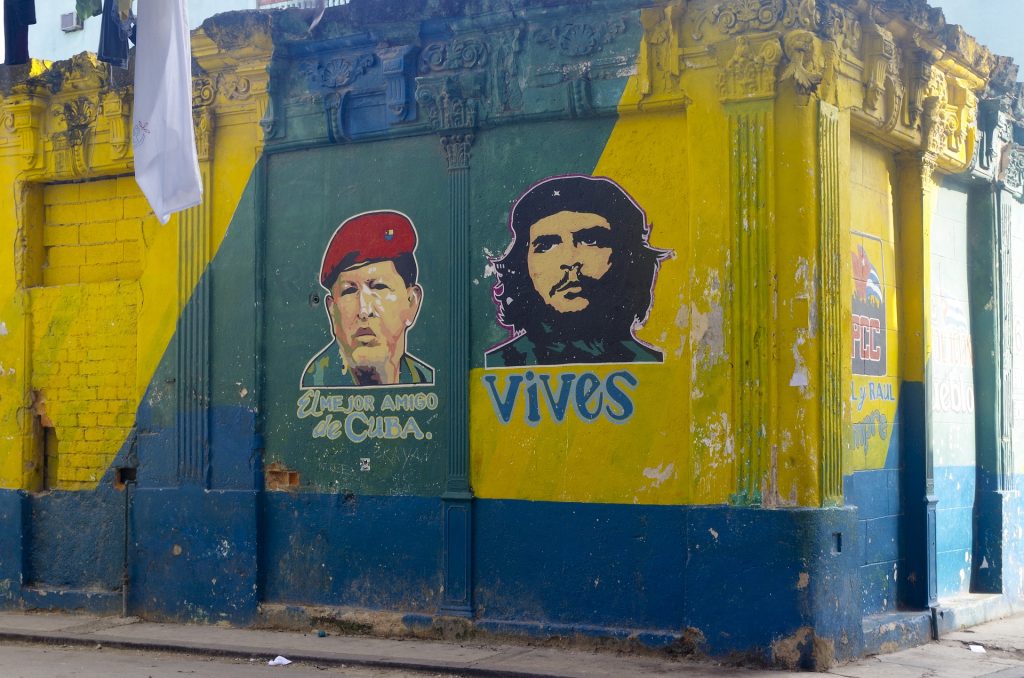
In response to the US’s middle finger, Cuba’s new prime minister Fidel Castro aligned with their greatest enemy: the Soviet Union. Along with it, he aligned the country with its communist ideology. Having been through a long list of hardships over previous years though, the country now became economically dependent on the Soviets. Yet, Castro still feared the US, especially after learning about their stash of missiles in Europe. In response, Cuba requested to stash the Soviet Union’s nuclear missiles on their land as a ‘security blanket’, if you will. Strangely enough, the US and indeed the rest of the world didn’t see it that way. They took it as a direct threat to their security and peace.
Cuban Missile Crisis
In October 1962, President John F. Kennedy was advised to attack Cuba, destroying its artillery and other military resources. If he had taken this advice, a full-blown nuclear war between the US and the Soviet Union was likely to have ensued. Fortunately, Kennedy took a more mellow approach on this occasion and decided to order a naval quarantine, which prevented the nuclear missiles from reaching Cuba, and demanded they be returned to Moscow. In exchange for the Soviet’s cooperation, the US pinky-promised to leave Cuba well alone.
It may sound like a simple friendly agreement following unfortunate miscommunication, but remember, Earth-destroying weapons were on the table. And so, it took a long, torturous two weeks for this agreement to be made. During this time, newspapers around the world were reporting on the event dubbed the ‘Cuban Missile Crisis’ and the whole world was on the edge of its seat waiting to hear if they are scheduled for an apocalypse. To this day, almost 50 years later, the Cuban Missile Crisis was the closest the world has ever come to nuclear destruction.
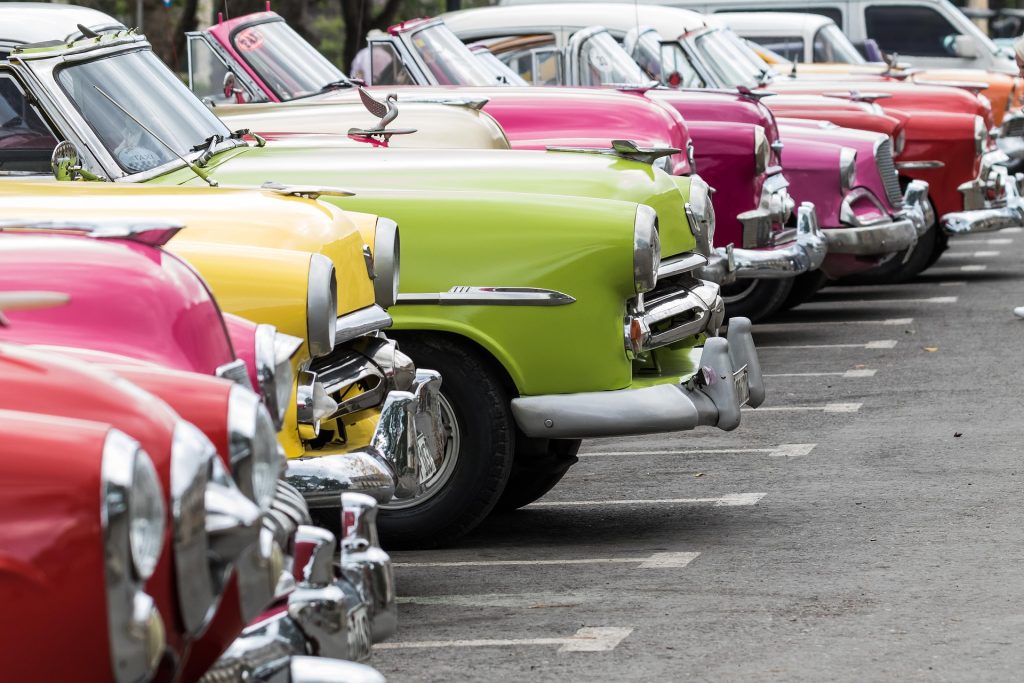
Located underneath the palatial Hotel Nacionale in Havana, the bunkers in which Fidel Castro took cover during the missile crisis have remained largely untouched ever since. As you see the maps and photos of the Soviet missiles that decorate its walls, it’s easy to imagine Castro standing in front of them too as he decided the fate of the entire human race.
The Special Period
Cuba stood by the Soviet Union for over 30 years, right up until its dissolution in 1991. During this time, the country assisted the Soviets in the Cold War which was, in other words, a rather lengthy yet surprisingly friendly game of tug-of-war for power between the US and its allies (the Western Bloc) and the Soviet’s and their allies (the Eastern Bloc). After the fall of the Soviets, the backbone of Cuba’s economy, the country descended into economic despair. An era lasting into the millennium that has since been sugar-coated as the ‘Special Period’.
This period saw the country starve as rations were spread thin, gas stations dried up, and outlooks for recovery seemed low. However, after all it had been through, Cuba was tired of suffering. It had seen too much greed and too little power, and it was ready for change. And so, instead of every man fighting for himself, everybody came together. People created co-ops, car-owners provided car pooling, and every spare piece of land from the farmlands to Havana’s car parks were used to grow food.
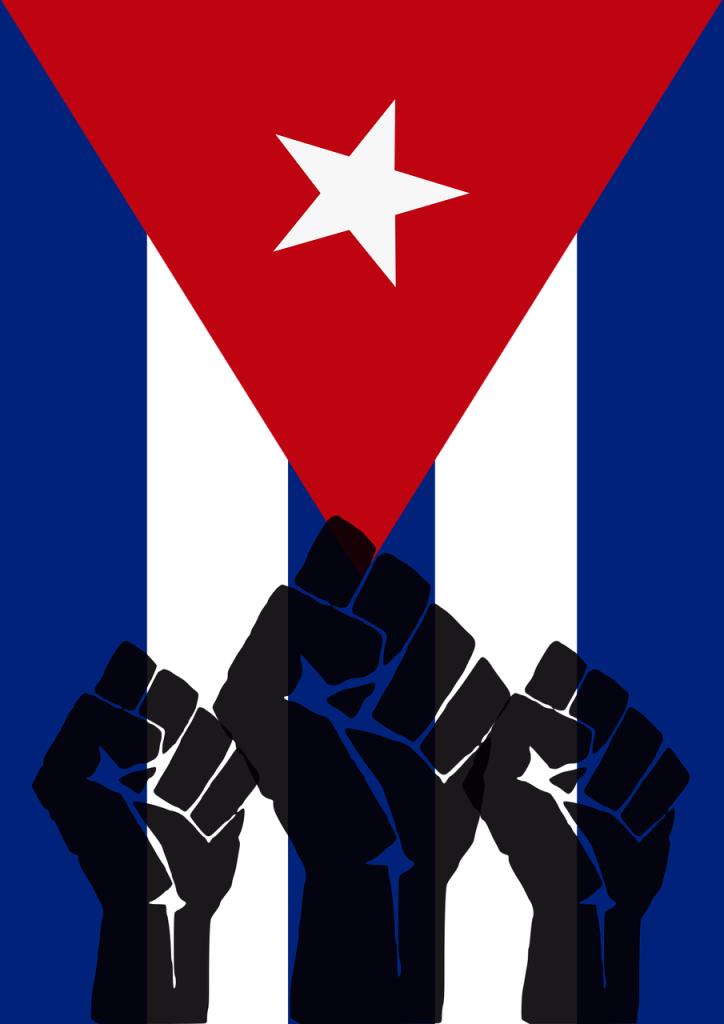
Today’s Cuba
The Special Period ended in 2000 when Venezuela began supplying Cuba with oil, but the country is still recovering. Yet, while its embargo with the US is still in place, relationships and economic ties with other countries are strengthening once again. As are the hopes and spirits of its people. As you visit Cuba now, you will feel the passion of its people in the air. Their sense of resilience. And their pride for a country that may not be super wealthy, but is certainly rich in history, culture, and nature.
Find out more about Cuba’s rich culture in this article about The Music of Santiago de Cuba.

